Art and music were Maharaja of Baroda Ranjitsinh Gaekwad’s twin passions though his political career had seen ups and downs.
Maharaja of Baroda Shrimant Ranjitsinh Pratapsinh Gaekwad, who belonged to the royal family of Baroda, died of kidney problem aged 73. He was born to rule not as a king, but as an artist. Arguably the last maharaja (since the Government of India has abolished all the official symbols of princely India, including titles, privileges and remuneration) Ranjitsinhji managed to keep Barodians pleased by his humility, his love for art and above all his self-deprecating humour.
Ranjitsinhji was born on May 8, 1938 at Ootacamund to Maharaja Pratap Singh Gaekwad (1939-1951) and Maharani Shantadevi Gaekwad (died 2002), daughter of Sardar Hasurkar Mansinhrao Subbarao of Hasur in Kolhapur. Ranjitsinhji was among eight siblings. He had one elder brother, Maharaja Fatehsinhrao II Gaekwad and one younger brother Sangramsinh Gaekwad. Four sisters - Mrunalini Raje, Premila Raje, Sarla Raje and Vasundhara Raje - were born before him while Lalitadevi was born after him.
Ranjitsinh's death will send his works back into the galleries and introduce his style of painting to a generation who knew him only as a maharaja who had the heart of an artist. Though never edgy as an artist - his skills were wasted on a political career where he spent more than a decade-and-a-half. Ranjitsinhji was also lauded by other vocalists for his impeccable mastery over Indian classical music, qualities that elevated him above almost every other royal of his era.
The Artist
Ranjitsinh's first love was art. A fine arts graduate from MS University of Baroda, he passion for the subject didn't stop there.
He has been credited with introducing various Indian schools of painting under the guidance of eminent artists such as Prof Bendre, Prof Subramanian and Prof Shankho Chowdhary.
Painting came naturally to him as he grew up watching Raja Ravi Varma's paintings hanging on the walls of Rajmahal. The Gaekwad family owns one of the largest collections of works by Raja Ravi Varma. However, Ranjitsinhji's favourites were Rembrandt and Reuben Tam.
Already filled with knowledge of Indian art, Ranjitsinh left for Royal Academy of Arts at Durham University to understand and master European art. Renowned British artists such as late Peter Greenham and Charles Mahoney got the artist out of him.
As a young artist he won several awards including the David Murray Scholarship for landscape painting. With limited opportunity to exhibit his art, Ranjitsinh travelled across the country to showcase his talent and held several exhibitions in the 1960s.
Around the same time, in 1964, Ranjitsinh married Shubhangini Devi. Returning from England, Ranjitsinh got involved in family business and a few years later entered active politics. He was elected to the Indian Parliament for two five-year terms. During this time art, especially painting, took a back seat. Ranjitsinh had a passion for Indian classical music and was a vocalist of very high calibre. He was invited to give concerts at many music festivals in India.
Meanwhile, Ranjitsinh even tried his luck in the traditional sport of maharajas - cricket. Having learnt the gentleman's game in his backyard, Motibaug ground, Ranjitsinh played university cricket before graduating to first-class games. But one cannot consider it as a career as successful as that of his brother Sangramsinh's. Ranjitsinh made his first class debut for Baroda in 1958-59 against Saurashtra. His only half century came against Saurashtra, but in the 1964-65 season on his home ground. He aggregated 160 runs and picked up four wickets in nine matches.
Political career
Being an artist, Ranjitsinh active involvement in charity and social work was not unusual. He, however, preferred to work behind the scenes when Fatehsinhrao, the maharaja and member of Parliament of Vadodara was alive and the face of the royal family.
In 1980, though, the maharaja of Baroda Fatehsinhrao II Gaekwad, a four-time member of Parliament decided to step down as MP and push his younger brother. Thus, with blessings of his elder brother, Ranjisinhji plunged into politics. Indira Gandhi led Congress offered Ranjitsinh candidature during 1980 general elections. He became an MP in the very first attempt. His being from the royal family of Baroda was enough for him to get close to Gandhi family.
With an overwhelming support of Barodians Ranjitsinh was elected to Parliament twice - 1980 and 1984. Ranjitsinh did a decent job as Vadodara's member of Parliament. However, the equations changed when the saffron wave swept the erstwhile princely state. Bharatiya Janata Party backed Janta Dal's Prakash Brahmbhatt ending Congress rule.
Meanwhile, in September 1988, ailing maharaja of Baroda Fatehsinhrao Gaekwad died in Breach Candy Hospital in Mumbai at the age of 58. Fatehsinhrao had no children, so Ranjitsinh succeeded him as maharaja of Baroda. Being the second eldest son of Pratapsinhrao Gaekwad, Ranjitsinh was made head of the Gaekwad family. But he didn't like to be addressed as maharaja, as he wanted to live as a commoner and enjoy all the aspects of life. Despite being maharaja and having worked for his constituency, Ranjitsinh found it difficult to beat BJP's Deepika Chikhaliya in 1991. The Ayodhya issue stirred by BJP served to undo Ranjitsinh's work. That was the first time he experienced the bitter aspect of being a politician. Consequently, Congress turned to Satyajit Gaekwad in 1996.
Ranjitsinh's wife Shubhangini Raje unsuccessfully contested as an independent candidate in the 1996 Lok Sabha election against Satyajit. Politics took a back seat for the royal family members as Ranjitsinh focused on his passions - art and classical music. However, the royal family returned to politics in 2003. Though, Ranjitsinh remained loyal to Congress, his wife Shubhangini Raje and son Samarjeet Gaekwad joined BJP and fought unsuccessfully against Dinsha Patel in Kheda in the 2004 general elections. However, the royal family withdrew themselves from active politics, thereafter.
After a gap of 15 years or so, Ranjitsinh returned with full vigour to the art scene. In 2005, he was invited to join in a senior artist's camp/tour, in which a group of eminent contemporary artists painted and sketched as they travelled along the famous Silk Route in China. He went on hold a show titled 'Goats, Kings and Other Such Things' at the Inder Pasricha Gallery, London, which consisted mainly of ink drawings and several sculptures.
"Every work of mine is different. I have done sculptures, photo-realism and even painted on printed bed covers! I love to experiment; something many of today’s artists don't do," Ranjitsinh had said during an interview in 2005. When Ranjitsinh showcased his works in Mumbai after a gap of 42 years, the interviewer asked him about his journey. "In the 60s, I painted quite frequently, only to give it up for politics. But when I realized that I was not meant for politics; I got back to painting and singing. So here I am with 80 paintings spanning a period of over 40 years," Ranjitsinh had said.
Family dispute
As often seen, a person is treated like a star but he is not able to develop a good rapport with his family members. Ranjitsinh had admirers and fans but he wasn't on talking terms with his younger brother Sangramsinh. Ever since their relationship hit a rough patch in 1980, after the death of their elder brother over property issue, the Lakshmi Vilas Palace has not seen the Gaekwad family celebrating together. Sangramsinh claimed that he was unfairly shut out of the Baroda fortunes by the will of his mother, Shantadevi. In June 2003, Sangram challenged the will alleging that it had been fabricated by his elder sister Mrunalini and Ranjitsinji, the executors of the will. The case is still in court.
Unfortunately, Ranjitsinh, like his mother Shantadevi, also contracted kidney-related and other serious ailments. He was treated in Mumbai and later taken to the kidney hospital in Karamsad in Anand district. However, he spent his last 20 days an in ICU in a private hospital in Baroda. Learning the seriousness of the disease, Sangramsinh along with his son Pratapsinh had come down to Baroda to see Ranjitsinh 10 days before his death.
![submenu-img]() ED challenges bail to CM Hemant Soren, moves SC against Jharkhand HC order
ED challenges bail to CM Hemant Soren, moves SC against Jharkhand HC order![submenu-img]() Salman Khan house firing case: Mumbai police files chargesheet against 9 accused including Lawrence Bishnoi
Salman Khan house firing case: Mumbai police files chargesheet against 9 accused including Lawrence Bishnoi![submenu-img]() Meet woman who cracked UPSC exam at 21, but did not become IAS officer due to...
Meet woman who cracked UPSC exam at 21, but did not become IAS officer due to...![submenu-img]() Era Camp Tent City Offers Holistic Living Retreats At Mahakumbh Mela 2025
Era Camp Tent City Offers Holistic Living Retreats At Mahakumbh Mela 2025![submenu-img]() PM Industries – Best RCC Pipe Manufacturer in Nagpur
PM Industries – Best RCC Pipe Manufacturer in Nagpur ![submenu-img]() Meet woman who cracked UPSC exam at 21, but did not become IAS officer due to...
Meet woman who cracked UPSC exam at 21, but did not become IAS officer due to...![submenu-img]() NTA to conduct retest for CUET-UG candidates from July 15 if...
NTA to conduct retest for CUET-UG candidates from July 15 if...![submenu-img]() Meet woman who left high-paying job, took 6 years to crack UPSC exam, got AIR 11, but still didn’t become IAS due to…
Meet woman who left high-paying job, took 6 years to crack UPSC exam, got AIR 11, but still didn’t become IAS due to…![submenu-img]() CUET UG answer key 2024 released, direct link here
CUET UG answer key 2024 released, direct link here![submenu-img]() Meet IAS officer, who left high-paying job, had to quit NDA due to depression, cracked UPSC exam, secured AIR...
Meet IAS officer, who left high-paying job, had to quit NDA due to depression, cracked UPSC exam, secured AIR...![submenu-img]() Menstrual Leave For Women: Supreme Court Asks Centre To Frame Model Policy On Menstrual Leave
Menstrual Leave For Women: Supreme Court Asks Centre To Frame Model Policy On Menstrual Leave![submenu-img]() Mumbai Hit And Run Case: CCTV Footage Shows Mihir Shah Hours Before The Crash
Mumbai Hit And Run Case: CCTV Footage Shows Mihir Shah Hours Before The Crash ![submenu-img]() Godman's Lawyer Alleges Stampede Resulted From Conspiracy, Plans To Submit Proof
Godman's Lawyer Alleges Stampede Resulted From Conspiracy, Plans To Submit Proof![submenu-img]() Rain In Mumbai: Heavy Rain Lashes Mumbai Causes Severe Waterlogging
Rain In Mumbai: Heavy Rain Lashes Mumbai Causes Severe Waterlogging ![submenu-img]() Haryana Roadways Bus Overturns In Panchkula, Over 40 School Kids Injured
Haryana Roadways Bus Overturns In Panchkula, Over 40 School Kids Injured![submenu-img]() DNA Verified: Did Kangana Ranaut party with gangster Abu Salem? Actress reveals who's with her in viral photo
DNA Verified: Did Kangana Ranaut party with gangster Abu Salem? Actress reveals who's with her in viral photo![submenu-img]() DNA Verified: New Delhi Railway Station to be closed for 4 years? Know the truth here
DNA Verified: New Delhi Railway Station to be closed for 4 years? Know the truth here![submenu-img]() DNA Verified: Did RSS chief Mohan Bhagwat praise Congress during Lok Sabha Elections 2024? Know the truth here
DNA Verified: Did RSS chief Mohan Bhagwat praise Congress during Lok Sabha Elections 2024? Know the truth here![submenu-img]() DNA Verified: Is CAA an anti-Muslim law? Centre terms news report as 'misleading'
DNA Verified: Is CAA an anti-Muslim law? Centre terms news report as 'misleading'![submenu-img]() DNA Verified: Lok Sabha Elections 2024 to be held on April 19? Know truth behind viral message
DNA Verified: Lok Sabha Elections 2024 to be held on April 19? Know truth behind viral message![submenu-img]() Janhvi Kapoor, Bobby Deol, Rakul Preet Singh: Bollywood actors who are set to make big impact in south Indian films
Janhvi Kapoor, Bobby Deol, Rakul Preet Singh: Bollywood actors who are set to make big impact in south Indian films![submenu-img]() Kriti Sanon makes 'unforgettable memories' at her first F1 race, shares pics from 2024 British Grand Prix at Silverstone
Kriti Sanon makes 'unforgettable memories' at her first F1 race, shares pics from 2024 British Grand Prix at Silverstone![submenu-img]() When actors were slapped in public
When actors were slapped in public![submenu-img]() In pics: Vicky Kaushal, Ammy Virk teach Anil Kapoor steps of Tauba Tauba as they promote Bad Newz on Bigg Boss OTT 3
In pics: Vicky Kaushal, Ammy Virk teach Anil Kapoor steps of Tauba Tauba as they promote Bad Newz on Bigg Boss OTT 3![submenu-img]() From Armaan Malik to Sidharth Shukla: 6 Bigg Boss contestants who lost their cool, went violent
From Armaan Malik to Sidharth Shukla: 6 Bigg Boss contestants who lost their cool, went violent![submenu-img]() ED challenges bail to CM Hemant Soren, moves SC against Jharkhand HC order
ED challenges bail to CM Hemant Soren, moves SC against Jharkhand HC order![submenu-img]() Era Camp Tent City Offers Holistic Living Retreats At Mahakumbh Mela 2025
Era Camp Tent City Offers Holistic Living Retreats At Mahakumbh Mela 2025![submenu-img]() PM Industries – Best RCC Pipe Manufacturer in Nagpur
PM Industries – Best RCC Pipe Manufacturer in Nagpur ![submenu-img]() HSB Commenced 2024 Academic Session with Esteemed Guests and Engaging Orientation Week
HSB Commenced 2024 Academic Session with Esteemed Guests and Engaging Orientation Week![submenu-img]() J-K: Five Army personnel martyred, six injured in ambush by terrorists in Kathua
J-K: Five Army personnel martyred, six injured in ambush by terrorists in Kathua![submenu-img]() A New Era of Self-Reliance: India's defence sector reaches a unique production milestone
A New Era of Self-Reliance: India's defence sector reaches a unique production milestone![submenu-img]() Lok Sabha Speaker's Election: What does the Constitution say?
Lok Sabha Speaker's Election: What does the Constitution say?![submenu-img]() Explained: Why is Kerala demanding to change its name to Keralam?
Explained: Why is Kerala demanding to change its name to Keralam?![submenu-img]() DNA Explainer: What is Kafala system that is prevalent in gulf countries? Why is it considered extremely brutal?
DNA Explainer: What is Kafala system that is prevalent in gulf countries? Why is it considered extremely brutal? ![submenu-img]() Lok Sabha Elections 2024: What are exit polls? When and how are they conducted?
Lok Sabha Elections 2024: What are exit polls? When and how are they conducted?![submenu-img]() Salman Khan house firing case: Mumbai police files chargesheet against 9 accused including Lawrence Bishnoi
Salman Khan house firing case: Mumbai police files chargesheet against 9 accused including Lawrence Bishnoi![submenu-img]() Sushmita Sen's brother Rajeev Sen reveals if he is reuniting with his ex-wife Charu Asopa: 'We are fully devoted...'
Sushmita Sen's brother Rajeev Sen reveals if he is reuniting with his ex-wife Charu Asopa: 'We are fully devoted...'![submenu-img]() Singer Armaan Malik reacts after people confuse him with his namesake Bigg Boss OTT 3 contestant: 'I do not endorse...'
Singer Armaan Malik reacts after people confuse him with his namesake Bigg Boss OTT 3 contestant: 'I do not endorse...'![submenu-img]() Maharaja OTT release: When, where to watch Vijay Sethupathi, Anurag Kashyap-starrer action thriller
Maharaja OTT release: When, where to watch Vijay Sethupathi, Anurag Kashyap-starrer action thriller![submenu-img]() This star was forced to beg by abusive father, thrown out of films for not calling Amitabh 'sir'; then became...
This star was forced to beg by abusive father, thrown out of films for not calling Amitabh 'sir'; then became...![submenu-img]() Watch: Mukesh Ambani, Akash Ambani pose for photos ahead of Anant Ambani-Radhika Merchant's haldi ceremony
Watch: Mukesh Ambani, Akash Ambani pose for photos ahead of Anant Ambani-Radhika Merchant's haldi ceremony![submenu-img]() This 2000-year-old religion is practiced by majority in Russia, it’s not Christianity or Islam
This 2000-year-old religion is practiced by majority in Russia, it’s not Christianity or Islam![submenu-img]() Meet Pakistani man whose outfits were worn by Akash Ambani, Alia, Ranbir during Anant-Radhika's parties, he is based...
Meet Pakistani man whose outfits were worn by Akash Ambani, Alia, Ranbir during Anant-Radhika's parties, he is based...![submenu-img]() Meet this beautiful woman, who stole the show at Anant Ambani-Radhika Merchant 'Mameru' ceremony, she is...
Meet this beautiful woman, who stole the show at Anant Ambani-Radhika Merchant 'Mameru' ceremony, she is...![submenu-img]() This diamond had once saved Tata Steel during financial crunch, it is no match for Kohinoor, it is worth...
This diamond had once saved Tata Steel during financial crunch, it is no match for Kohinoor, it is worth...
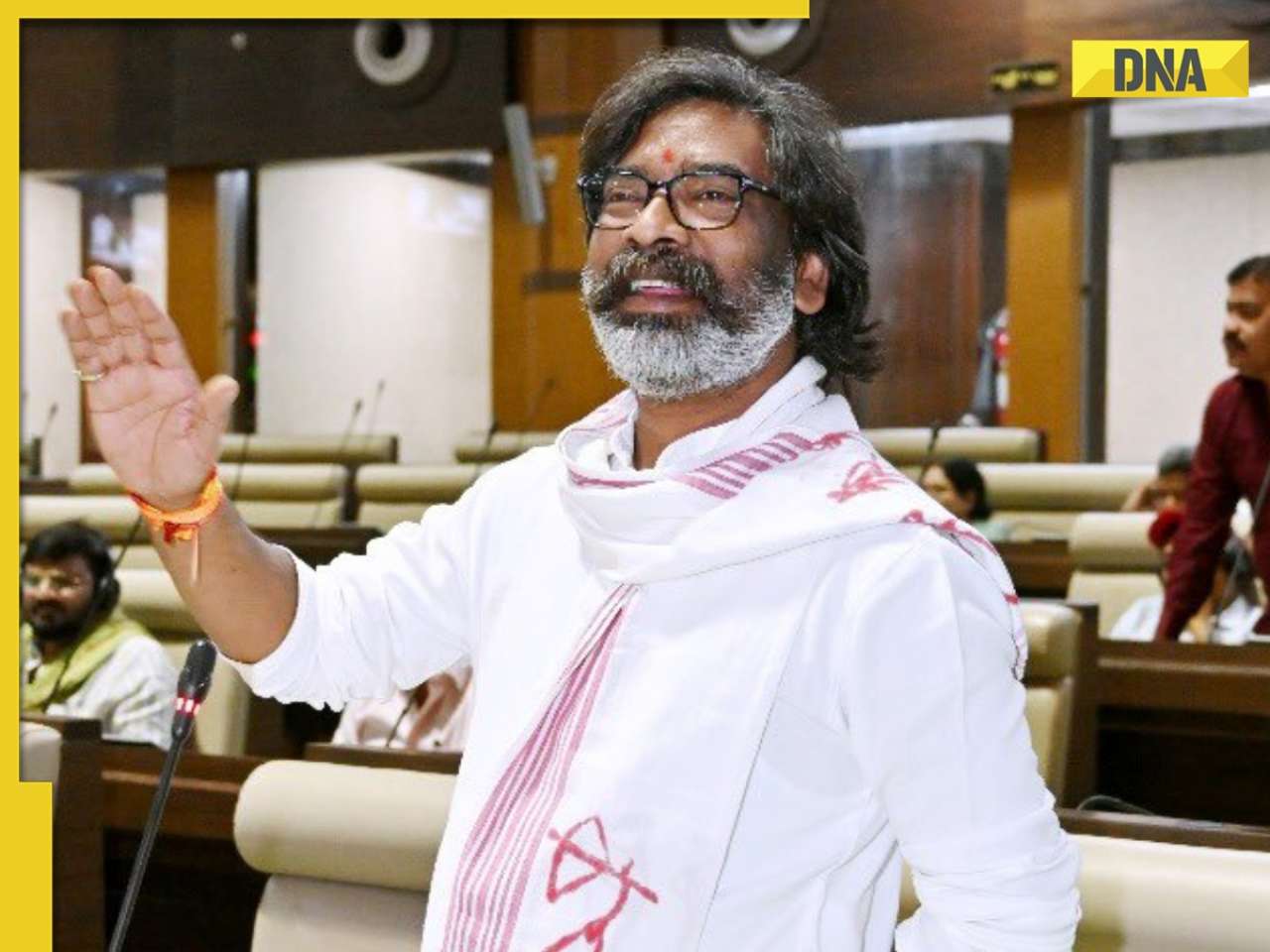
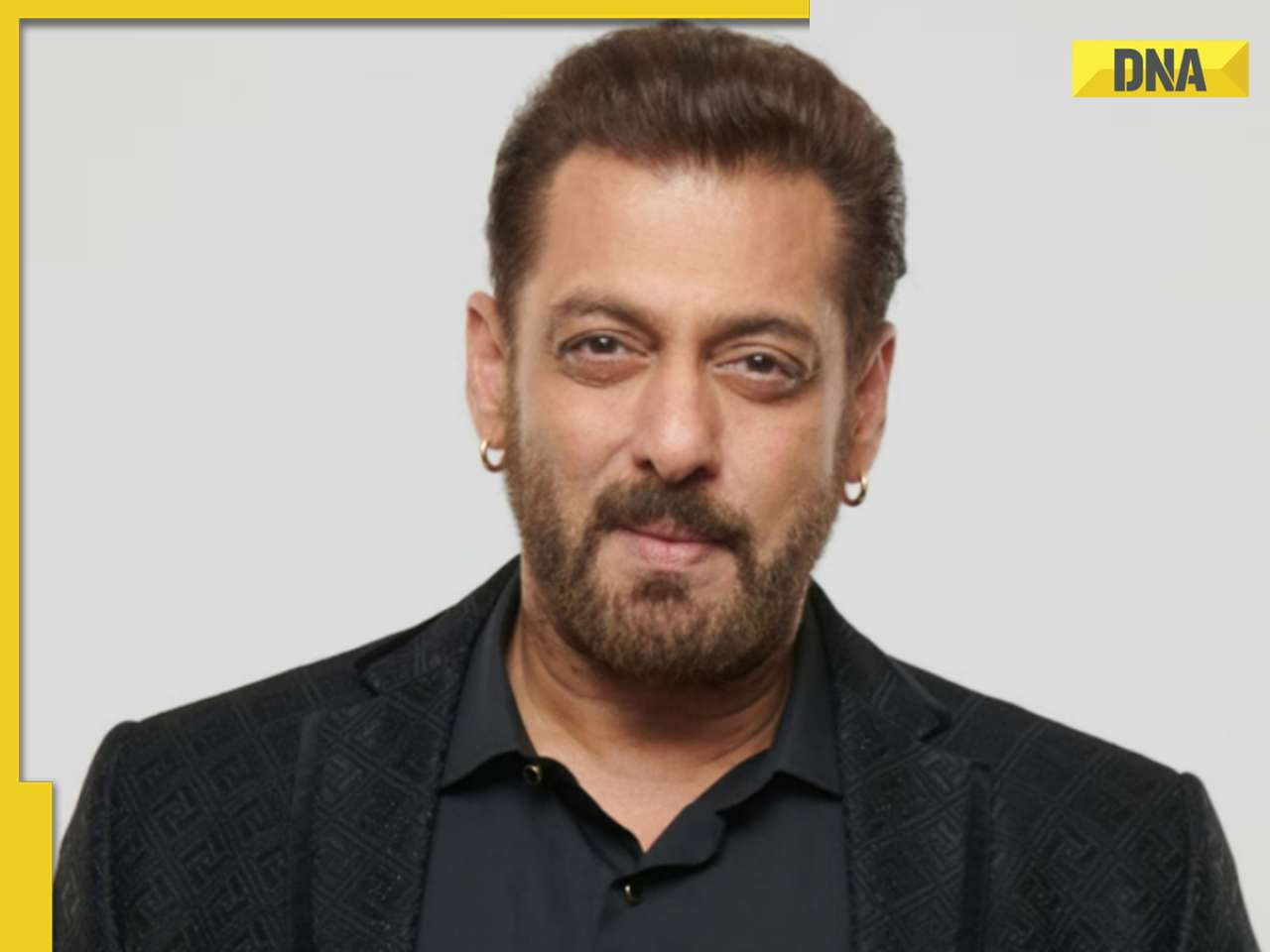









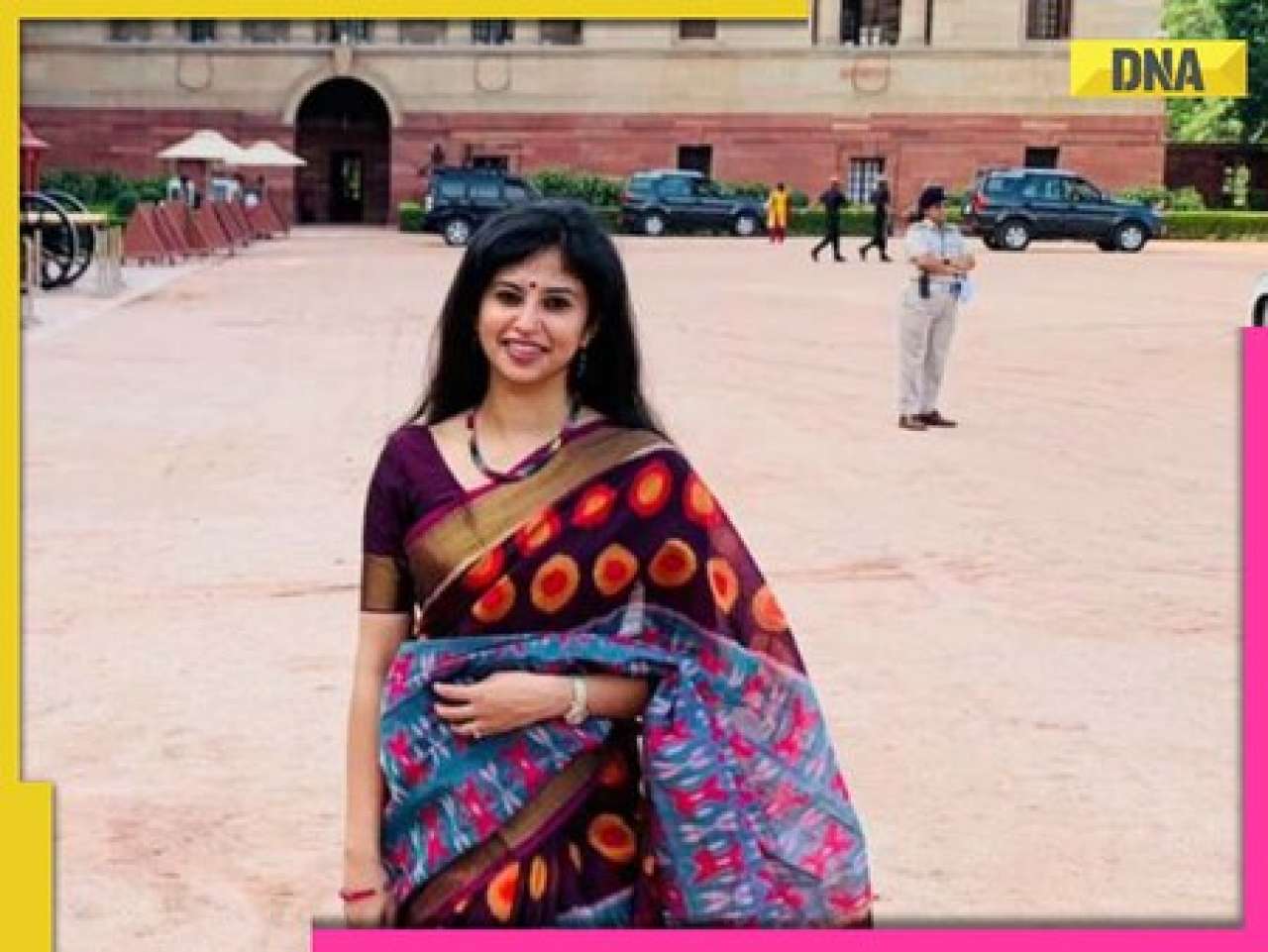

















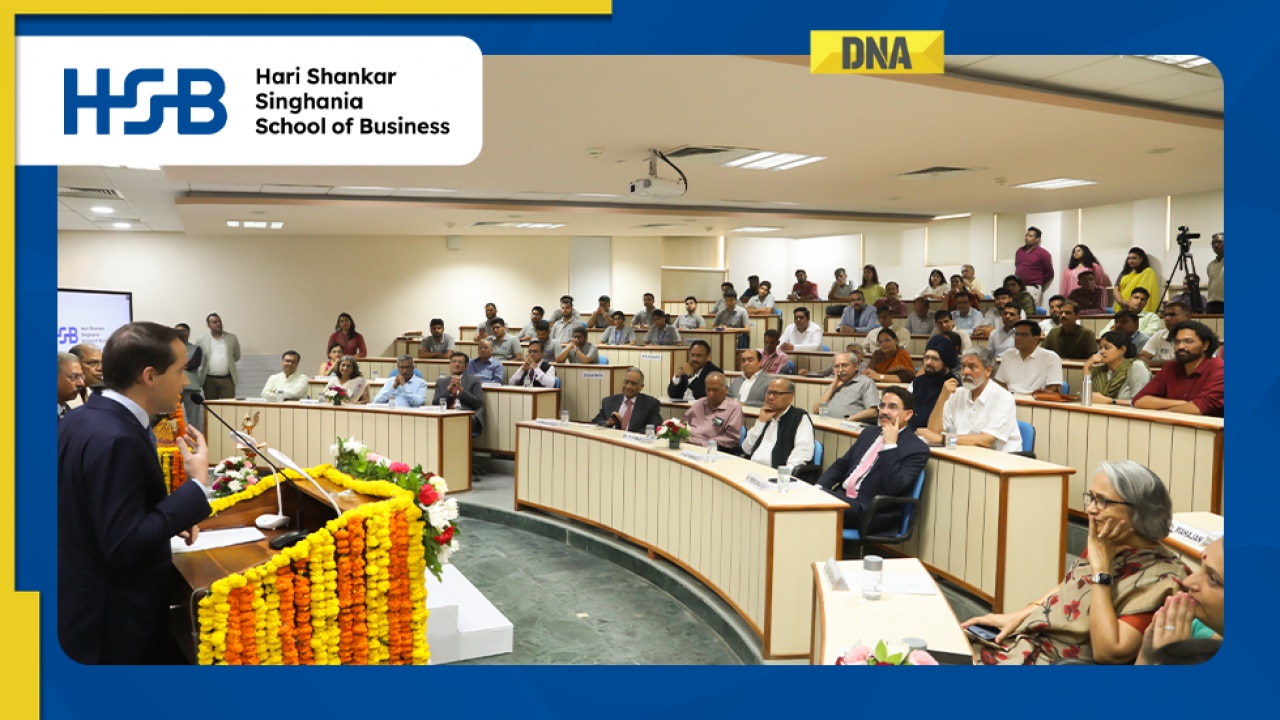
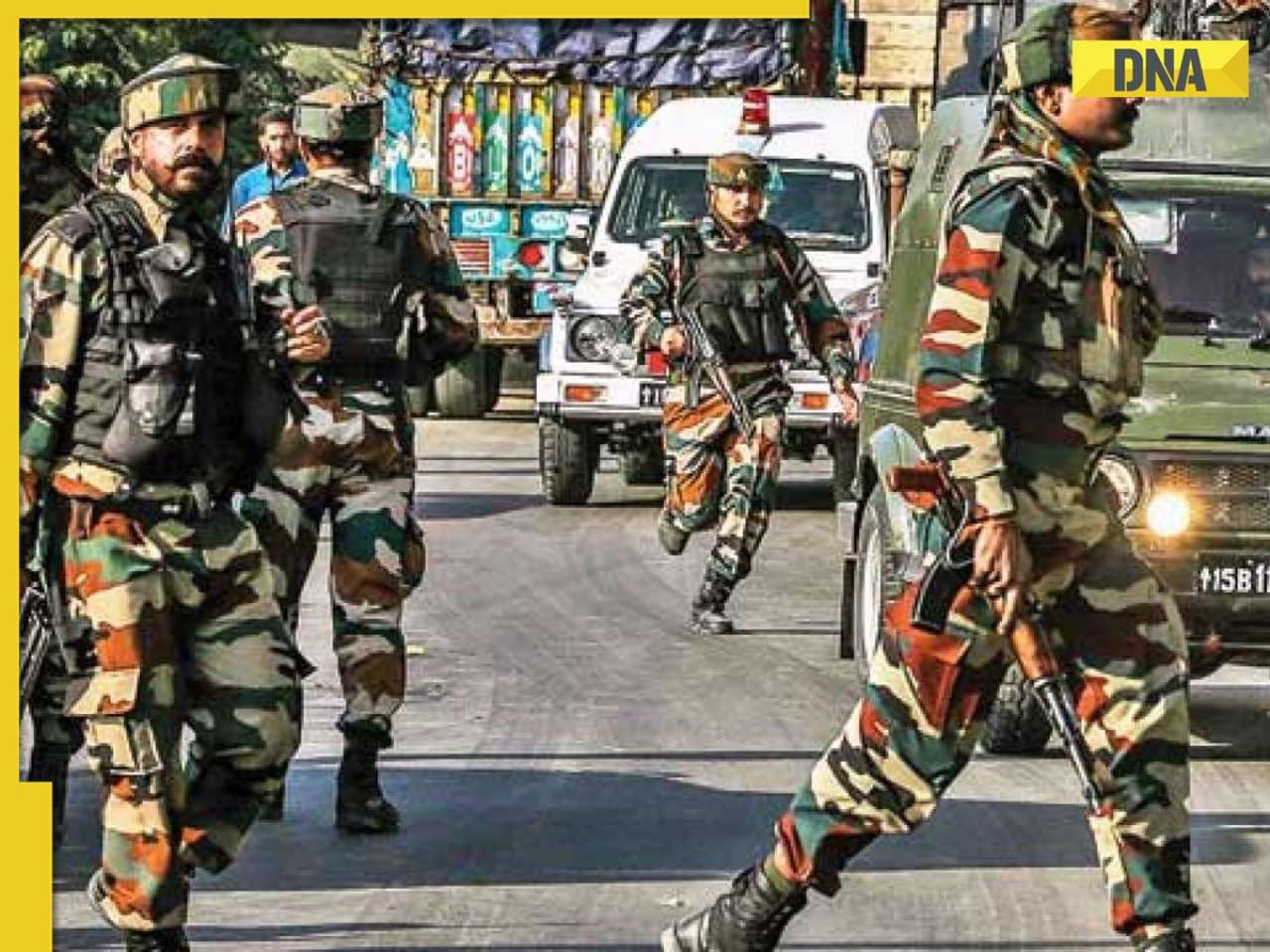



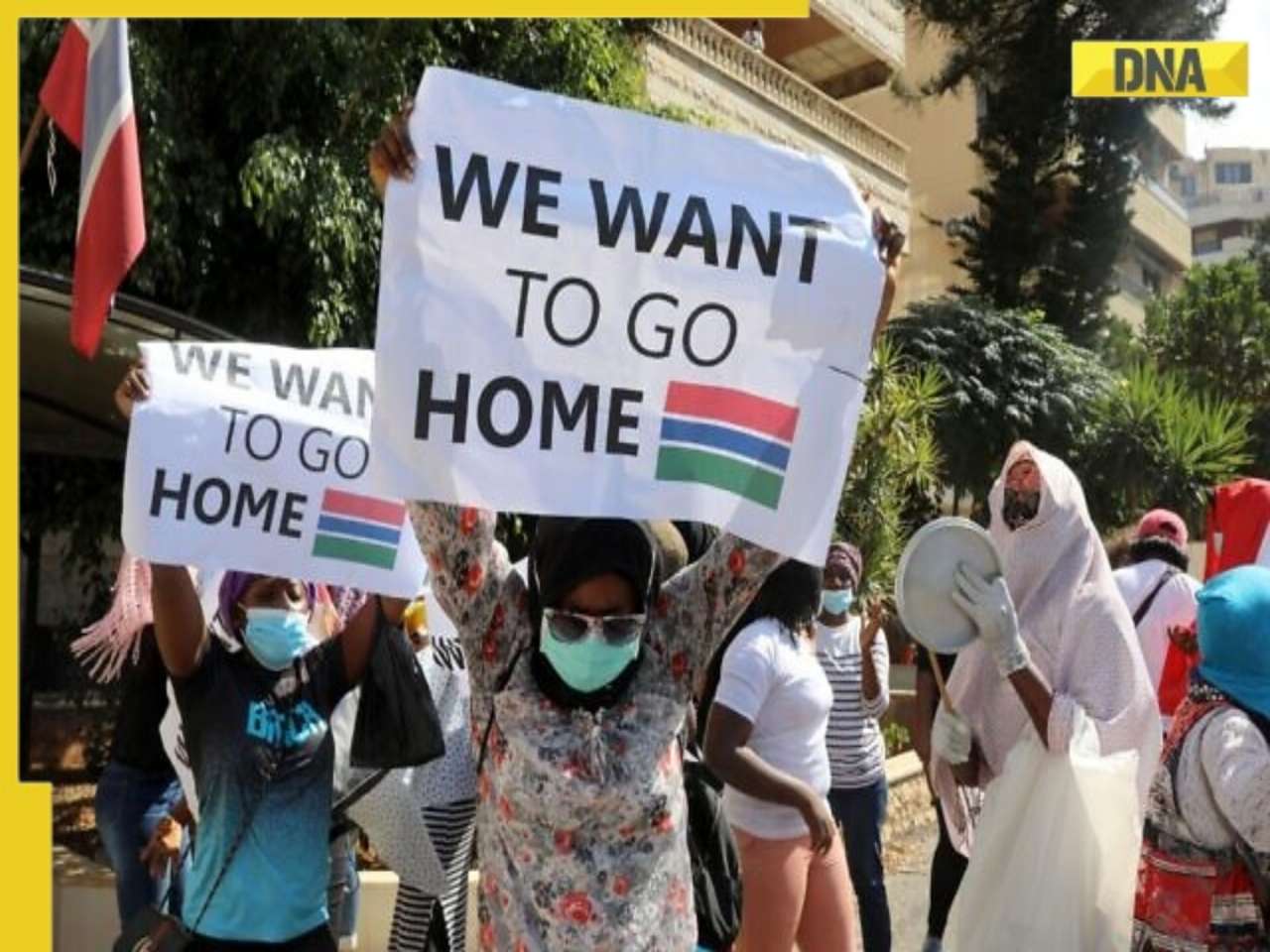
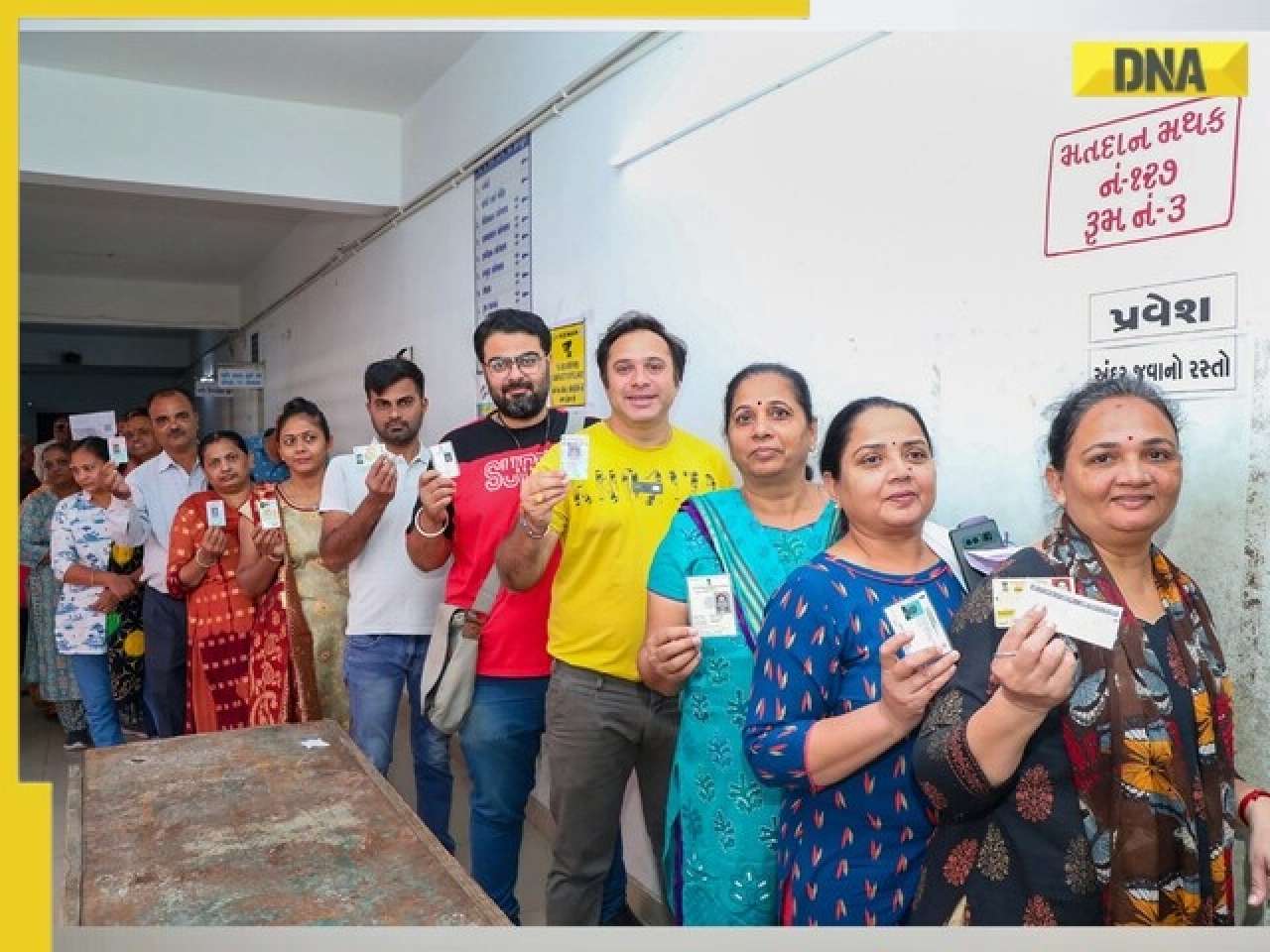

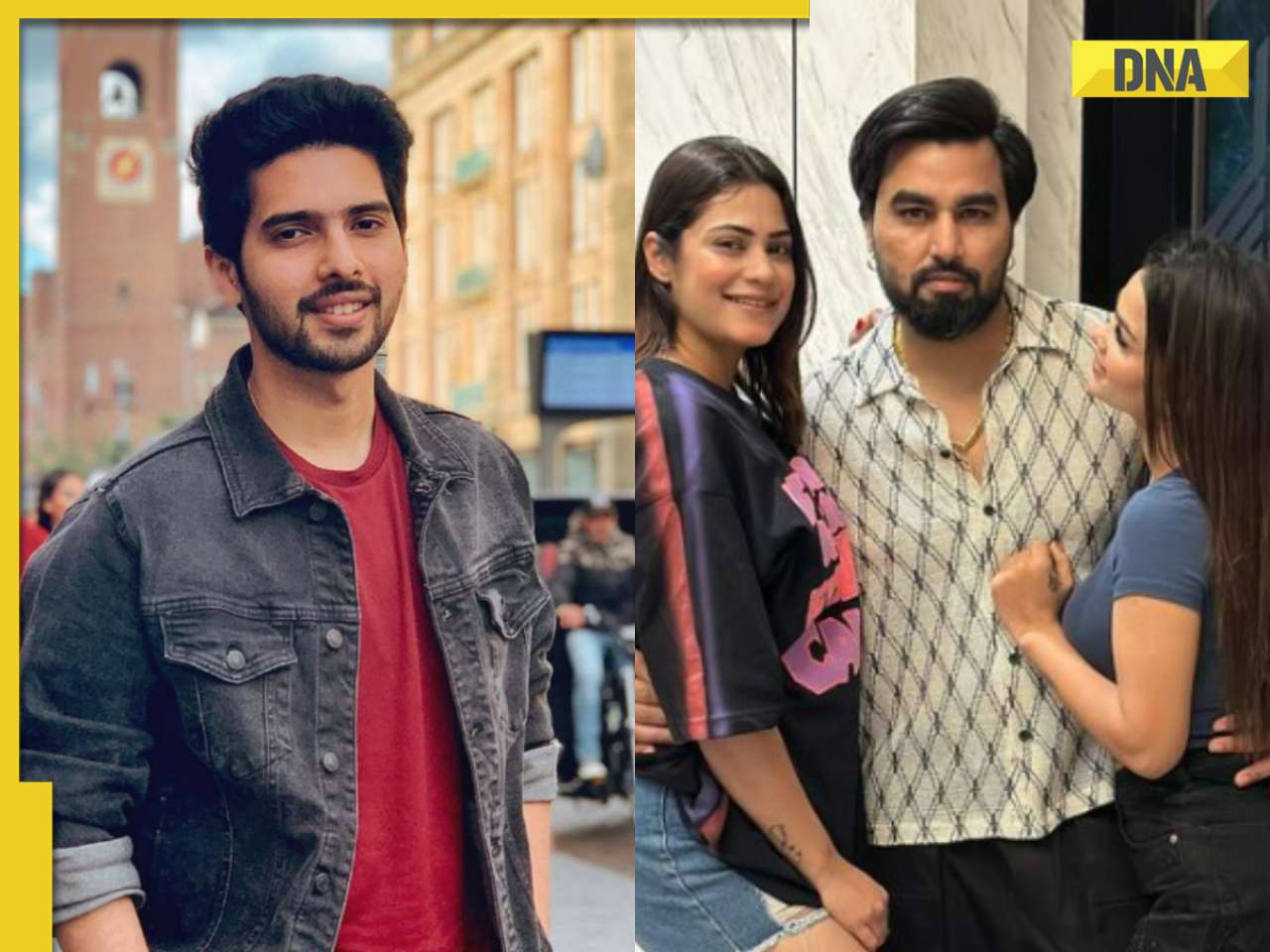

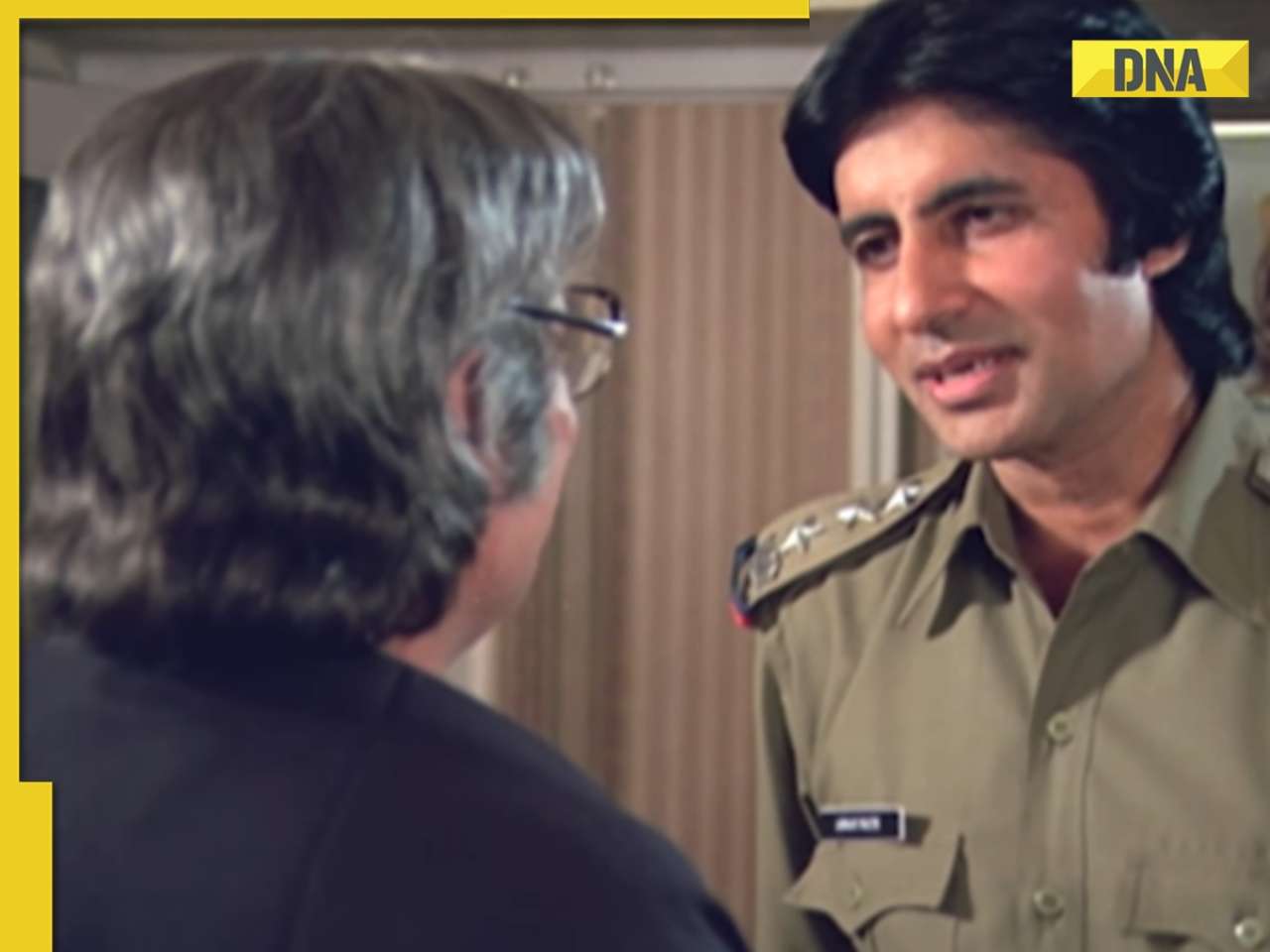
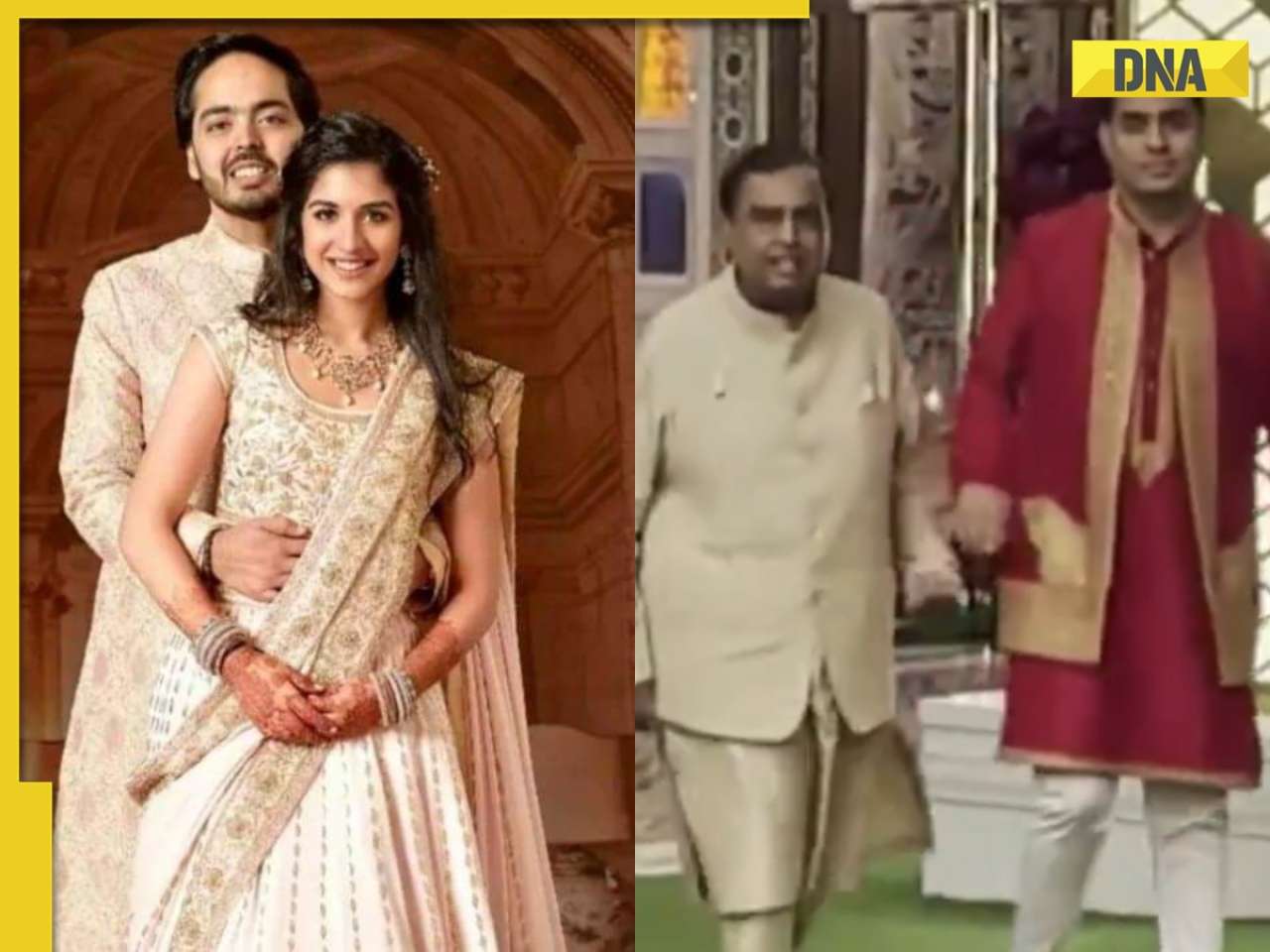

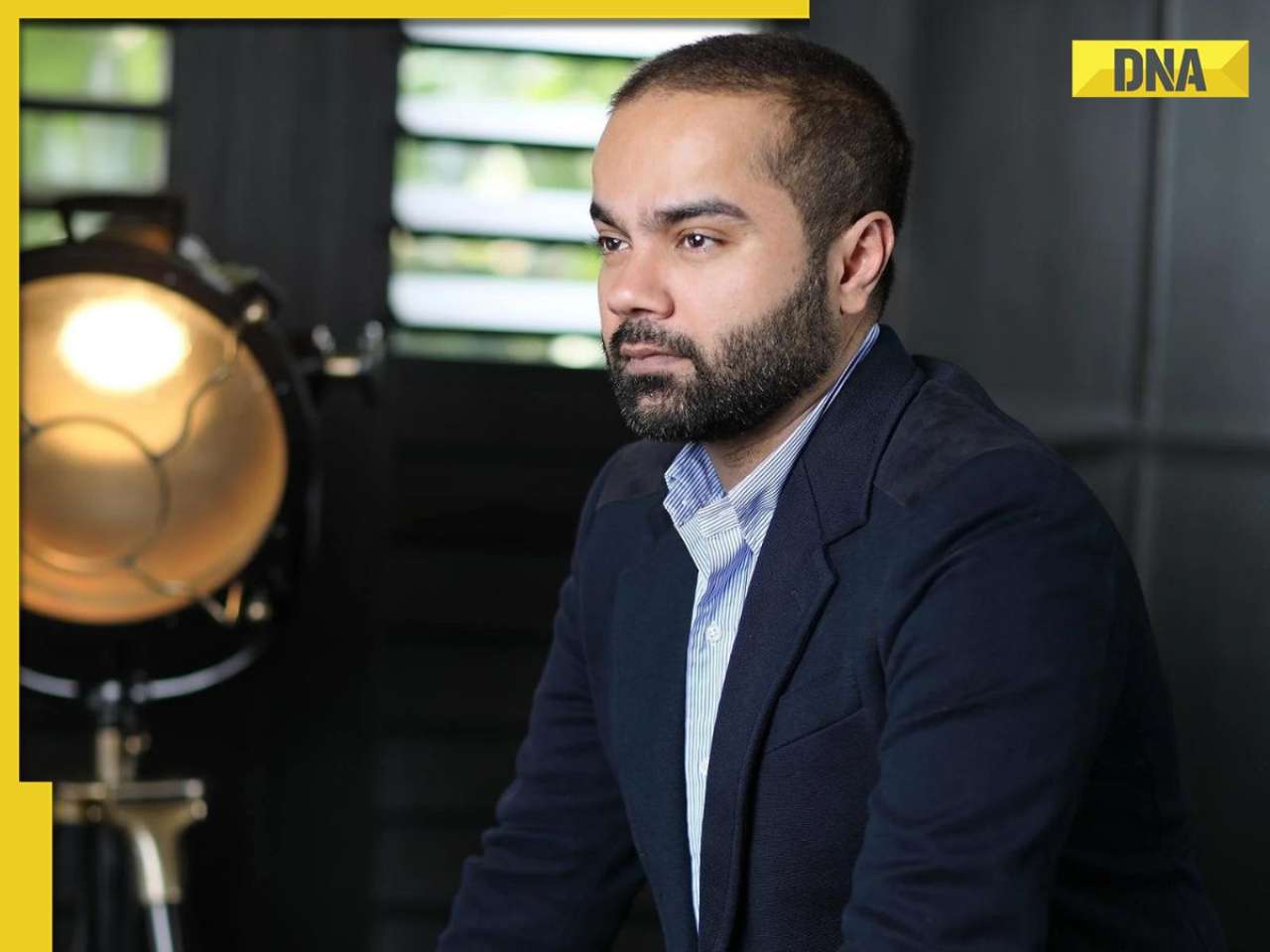
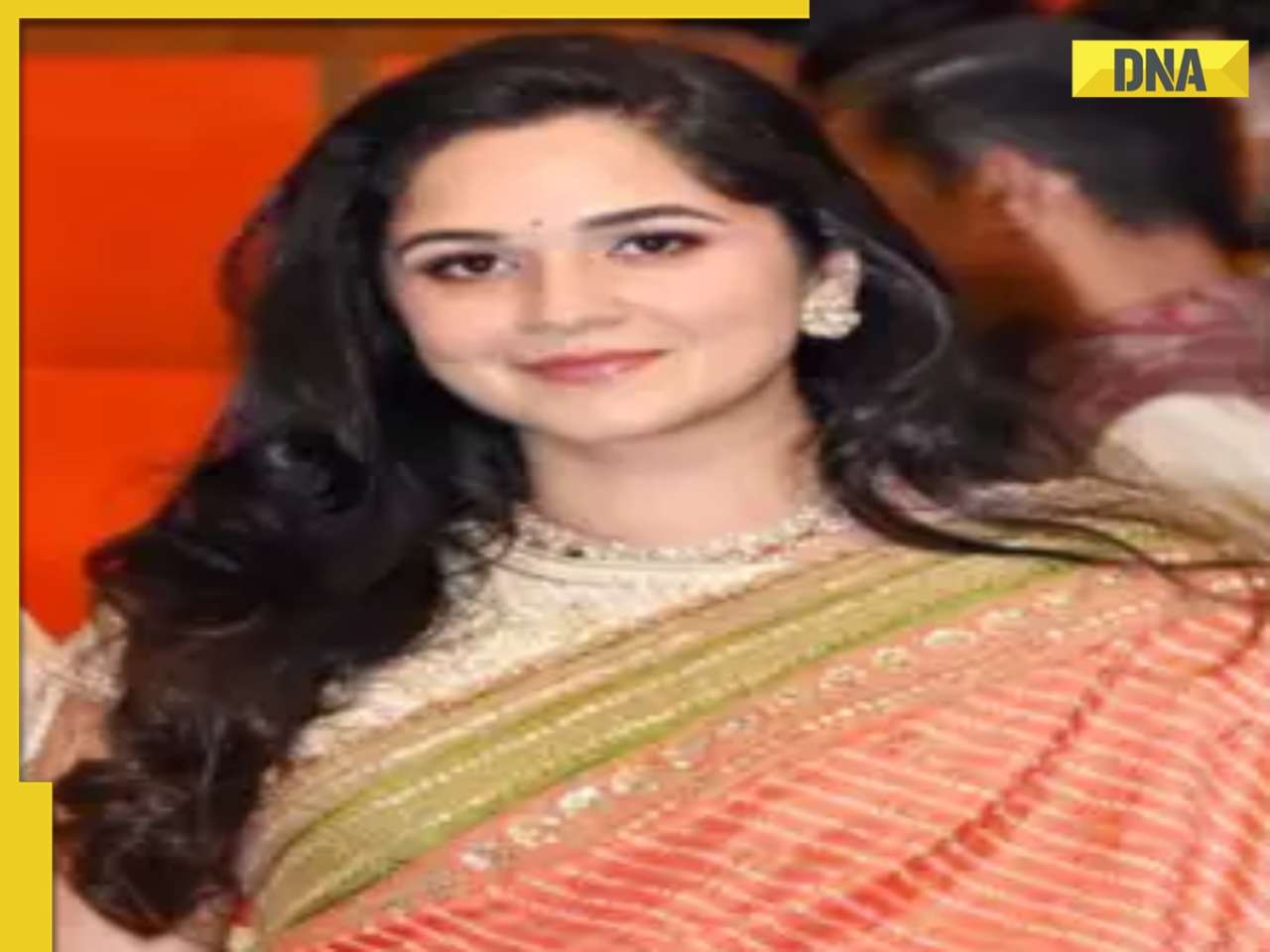
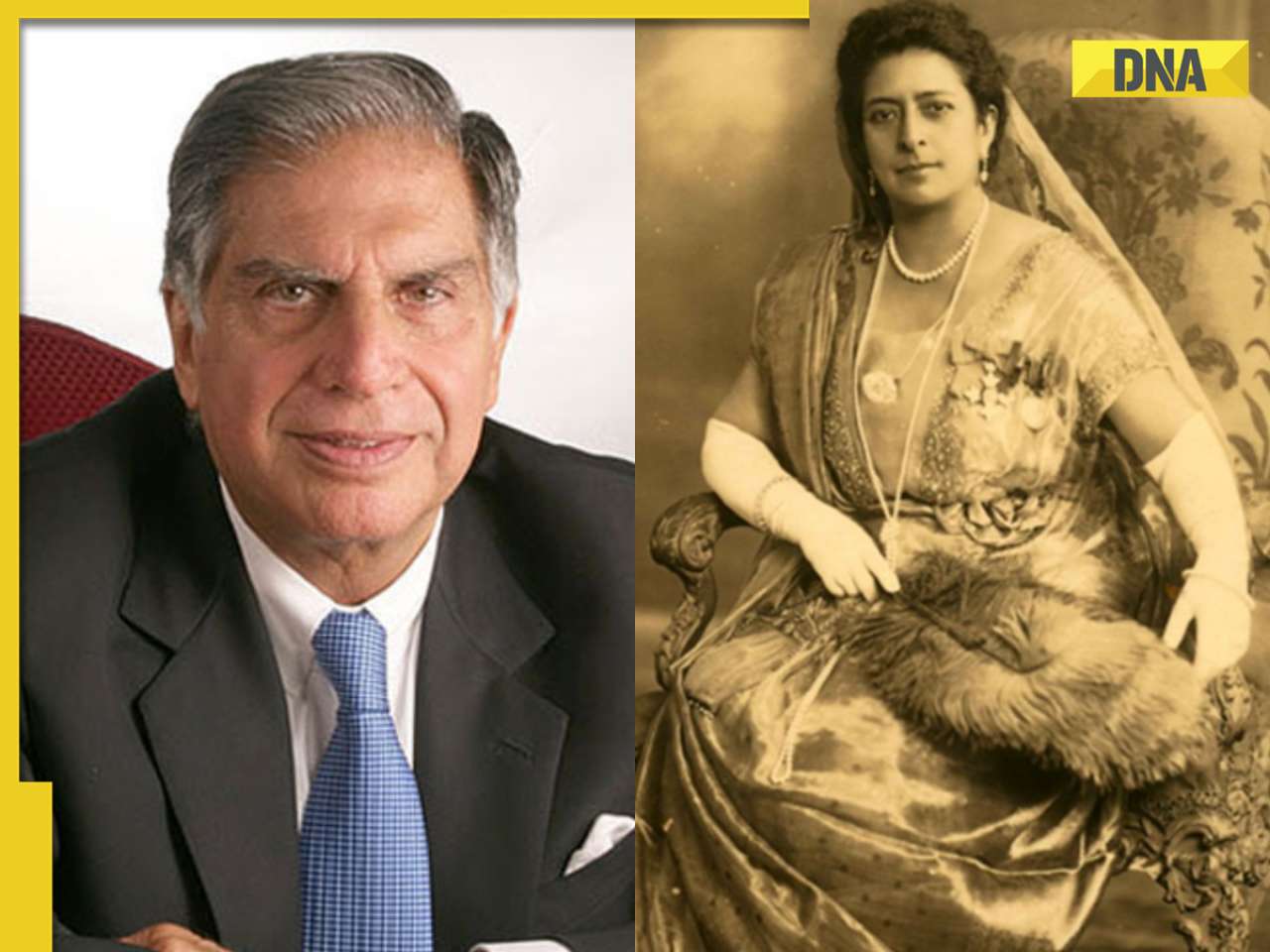



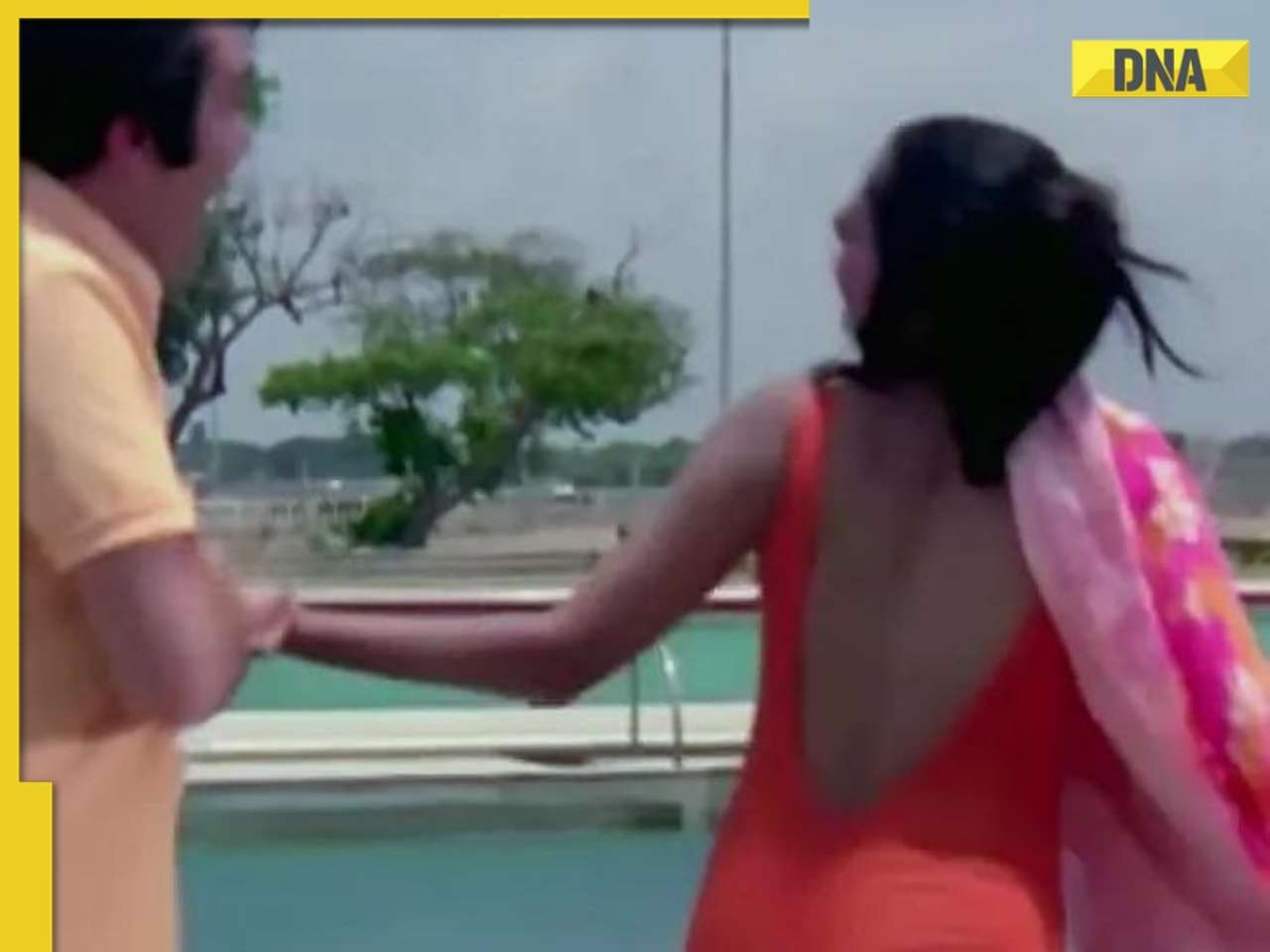
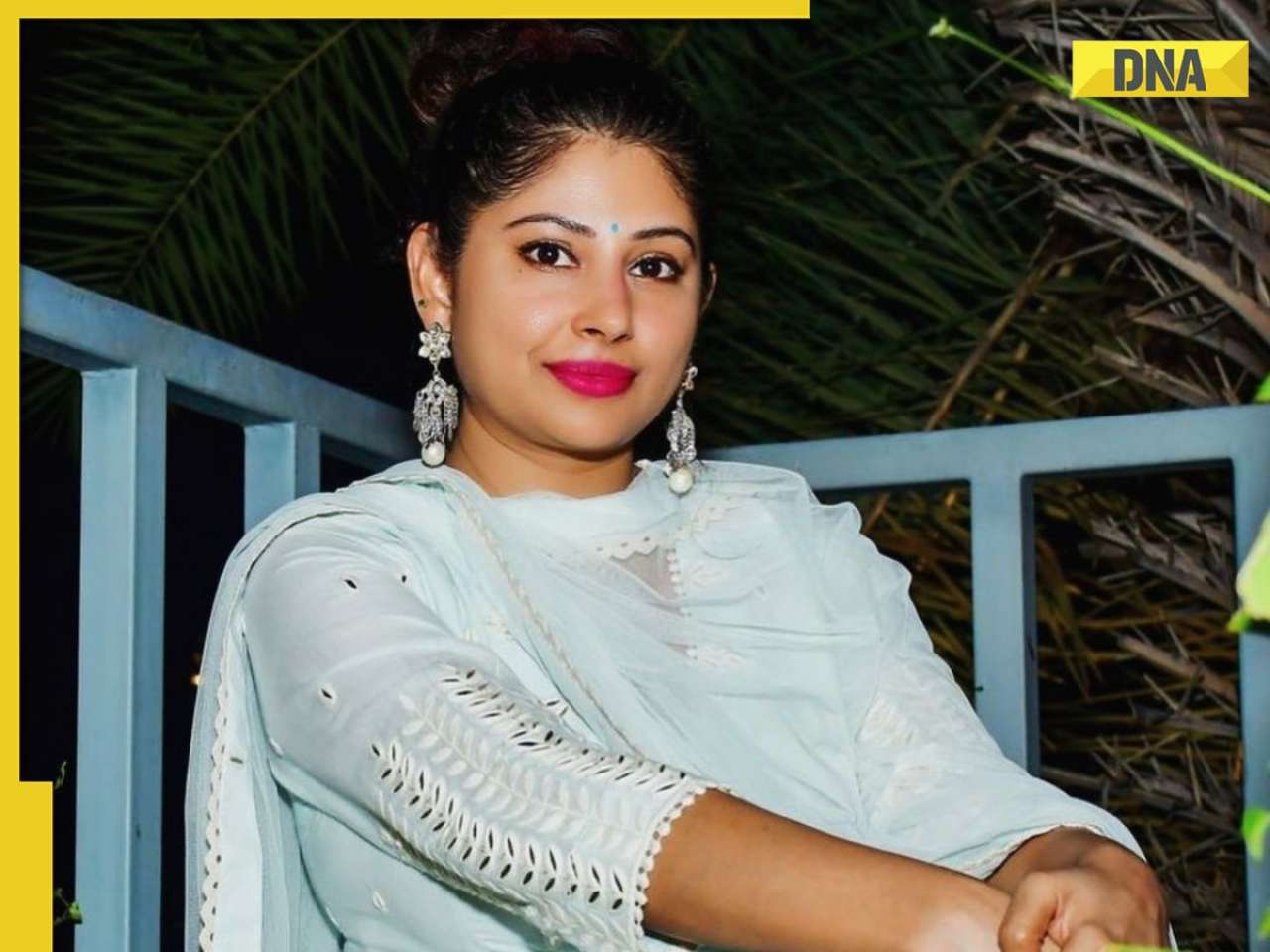
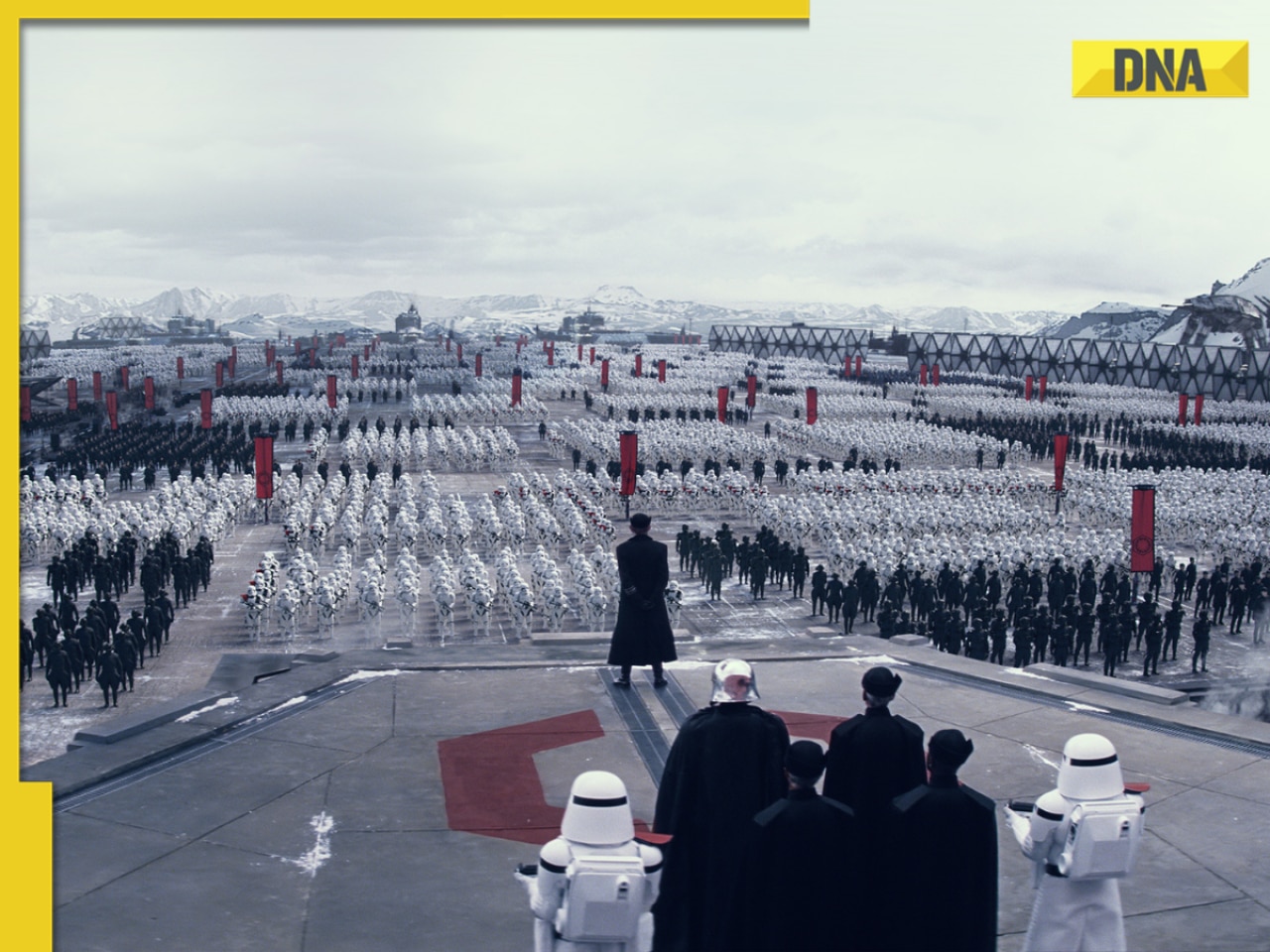
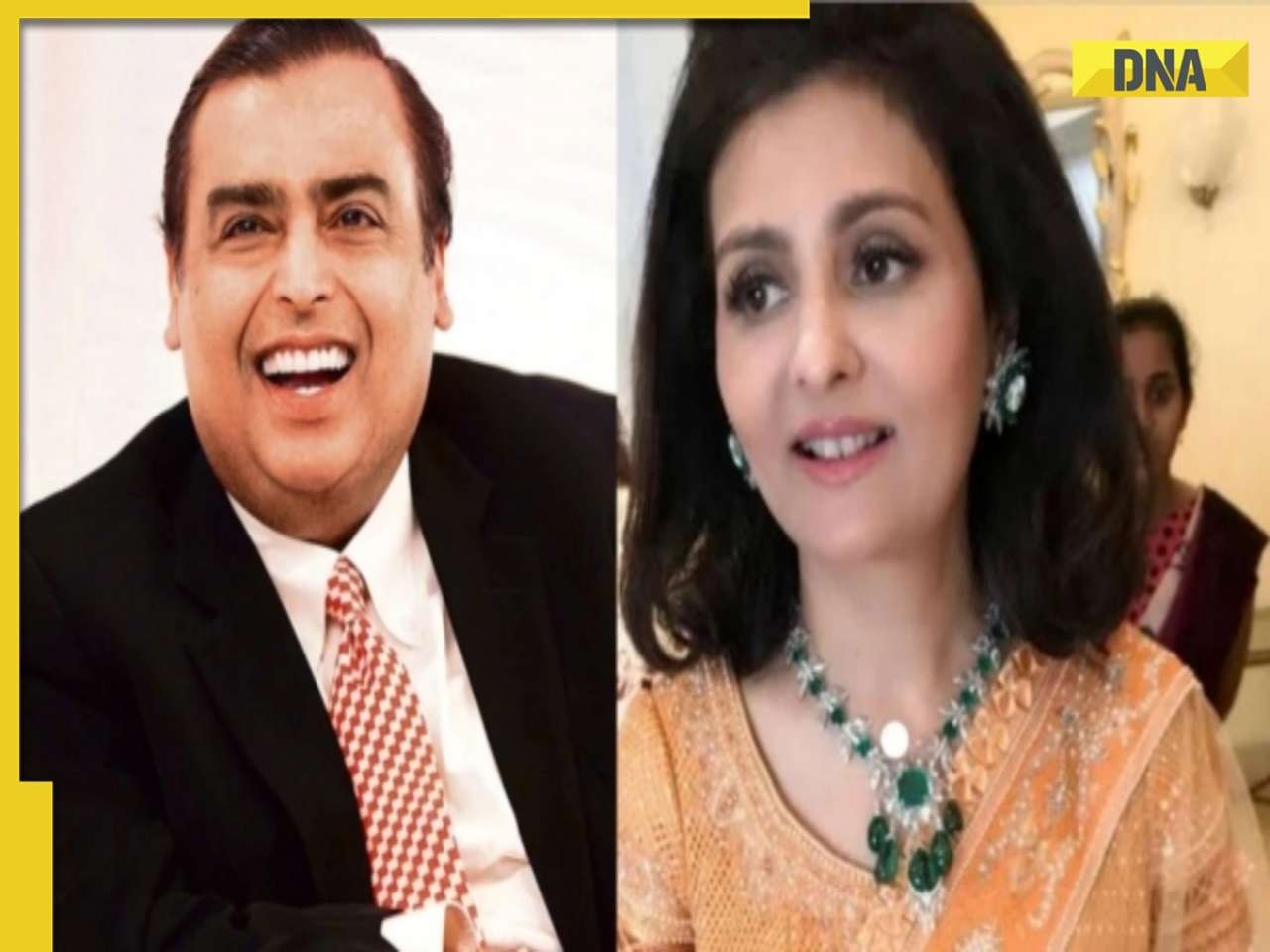
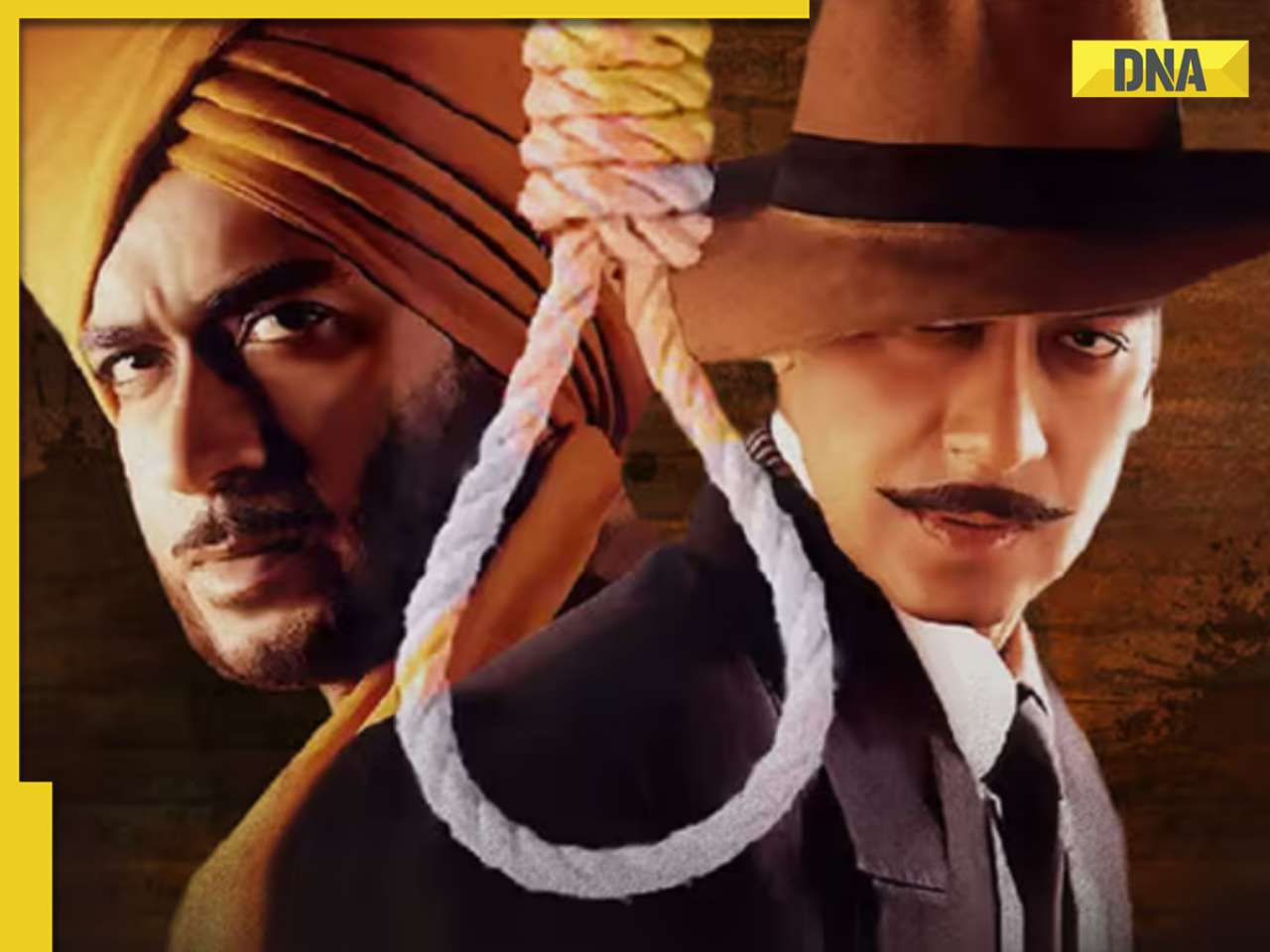
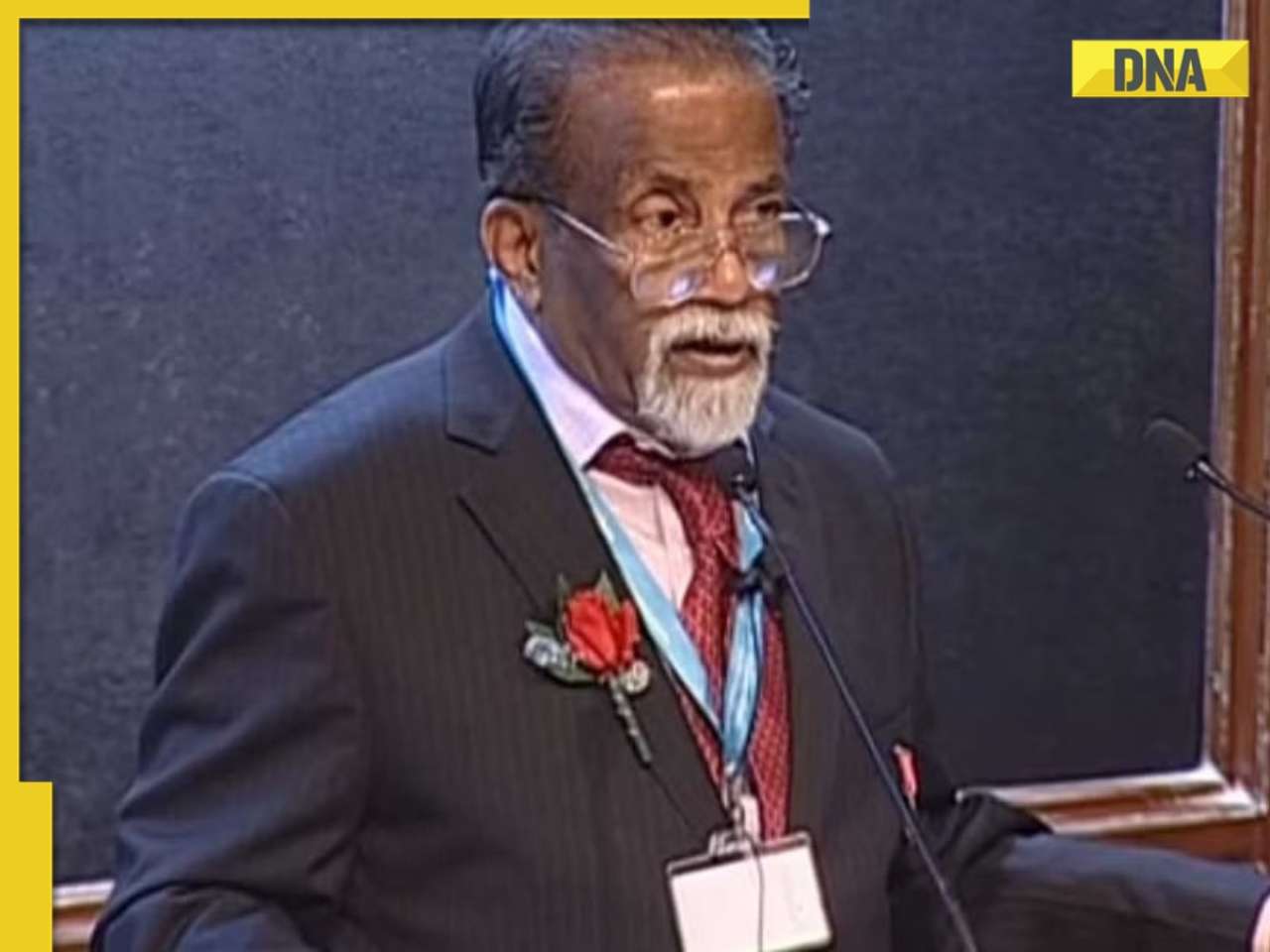
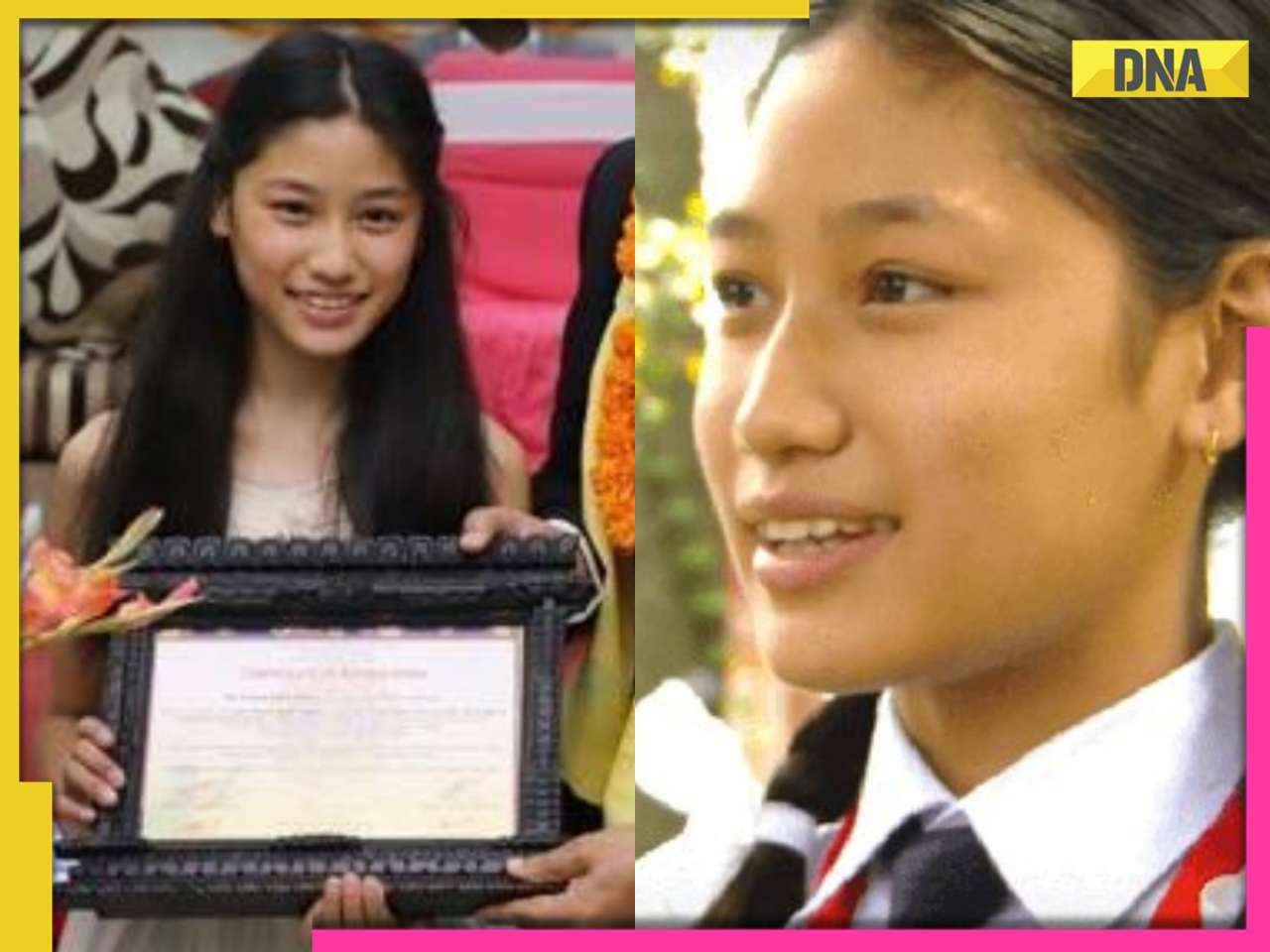
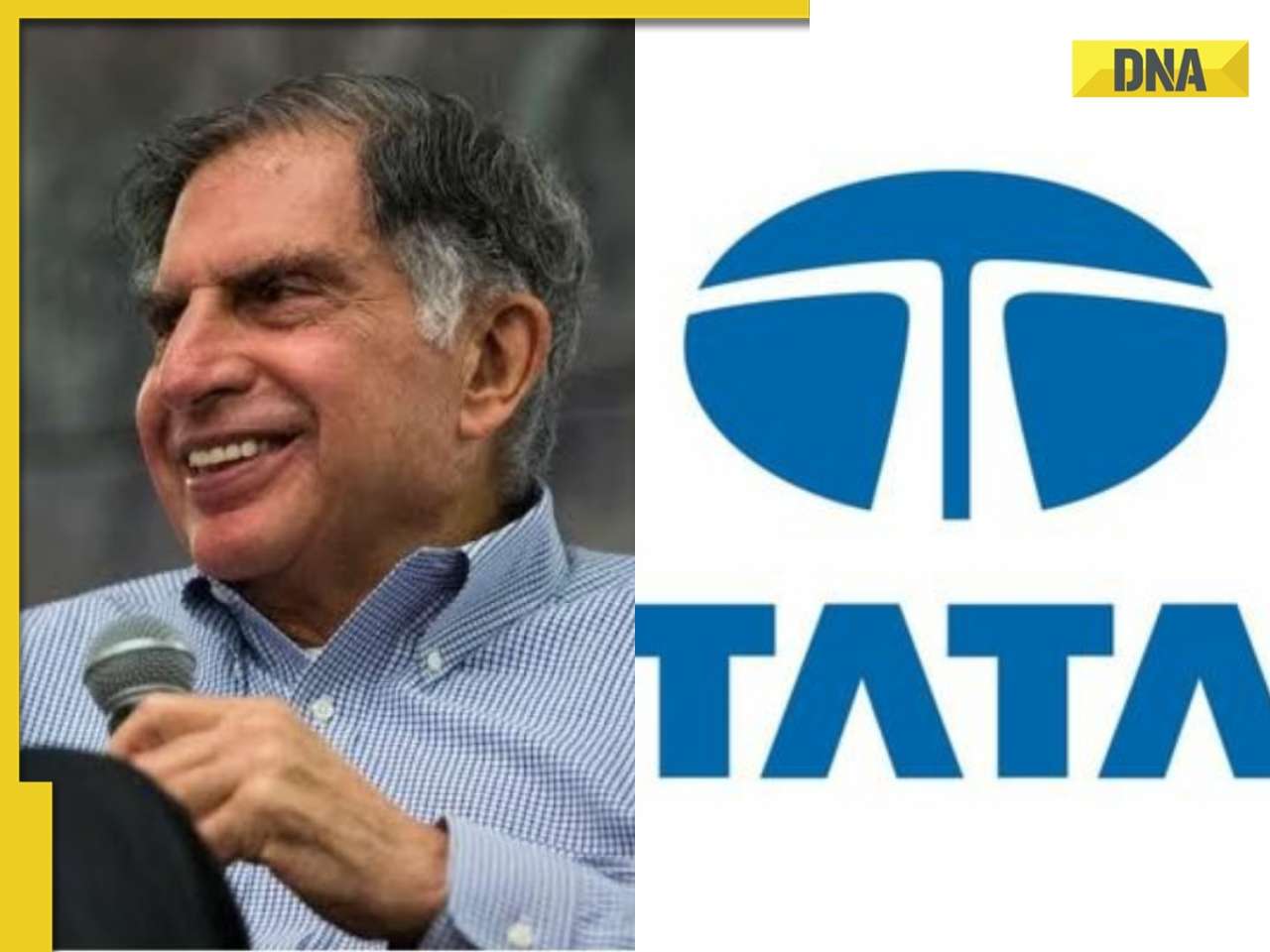
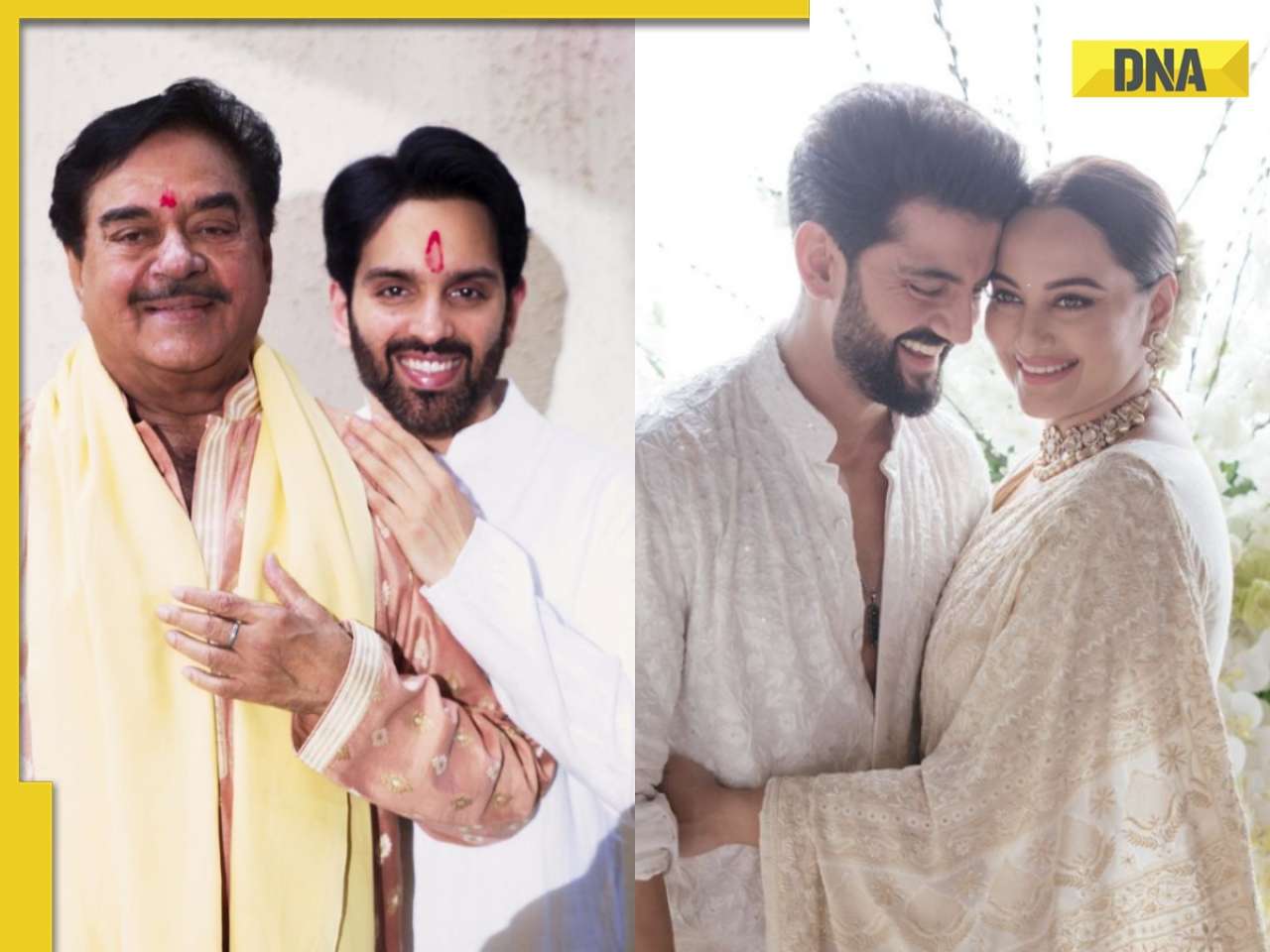
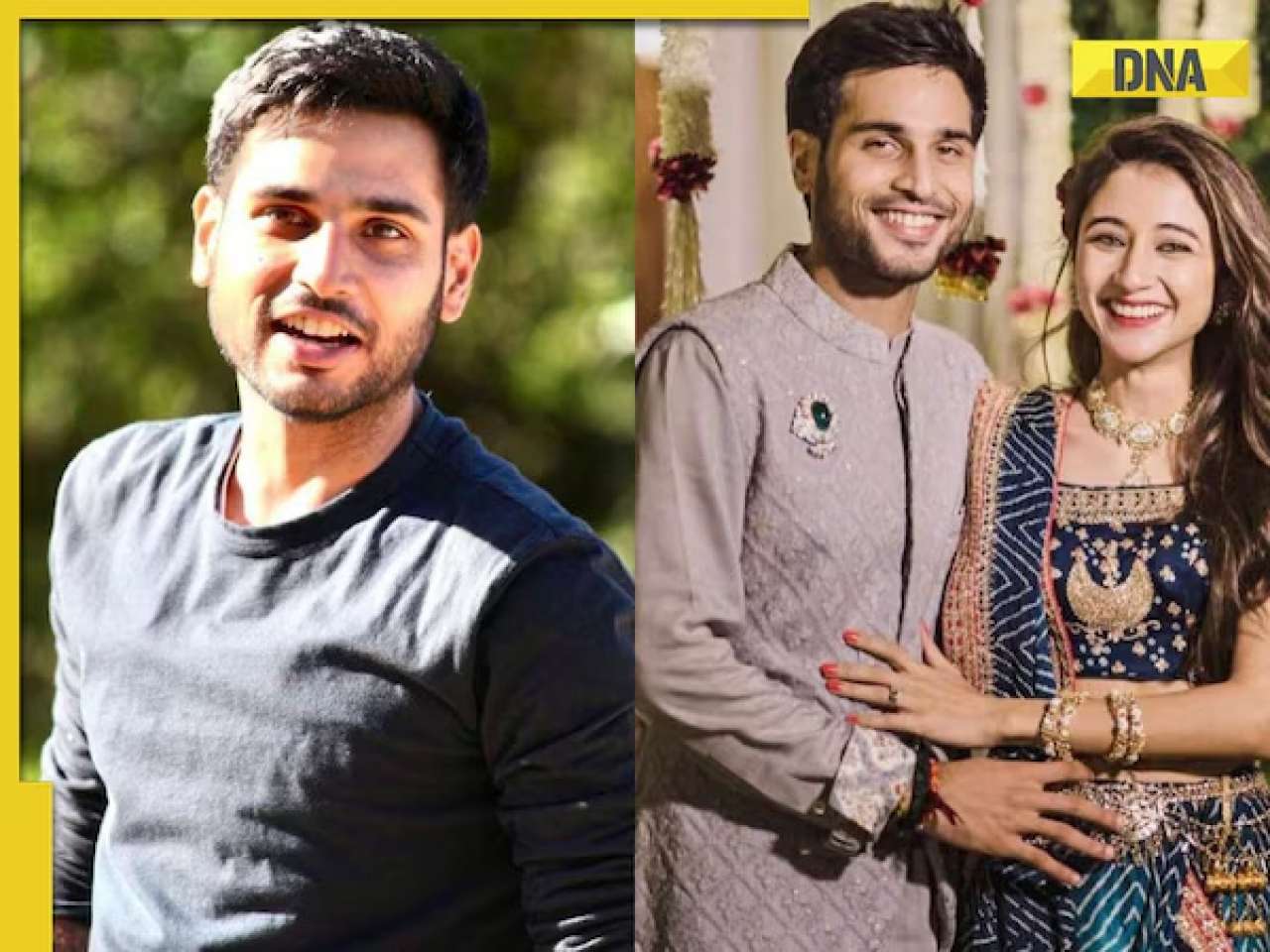





)
)
)
)
)
)